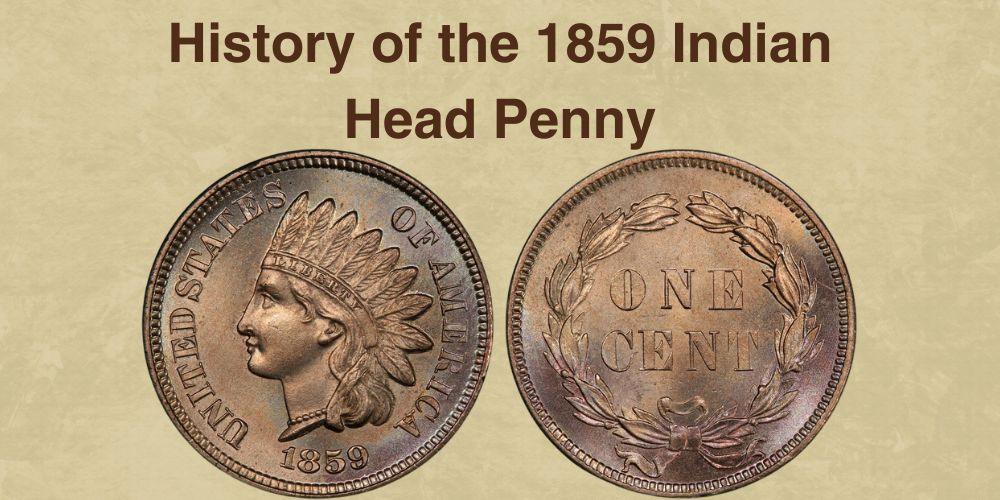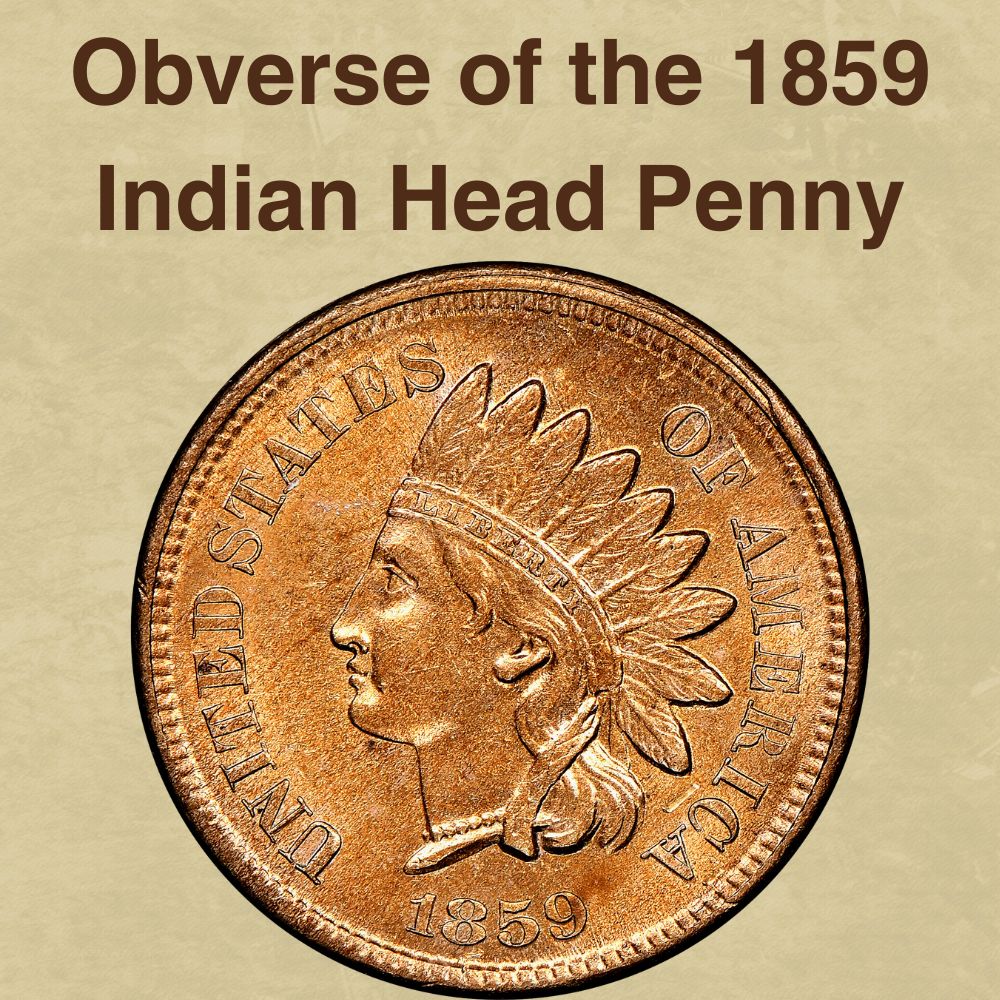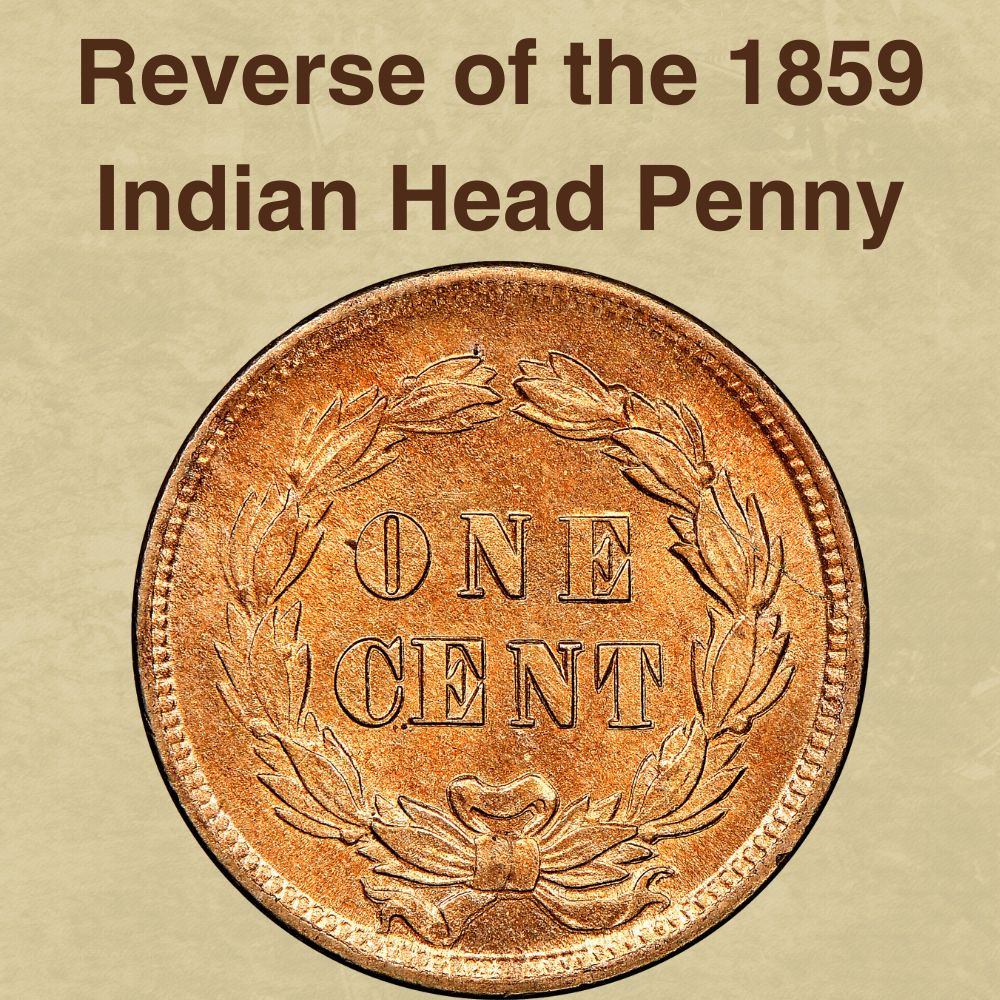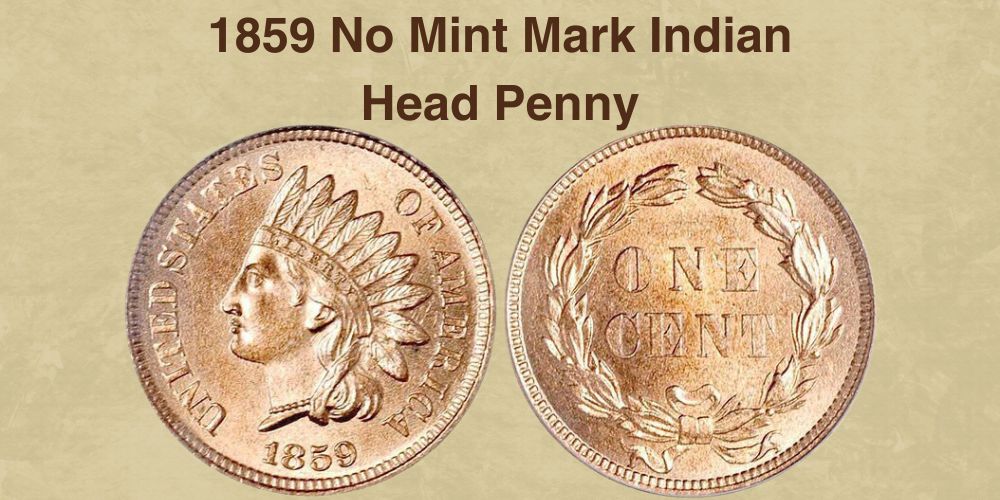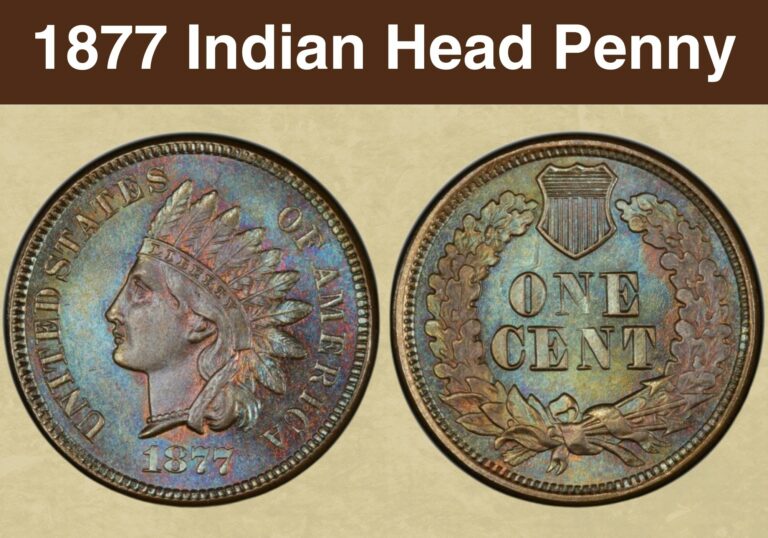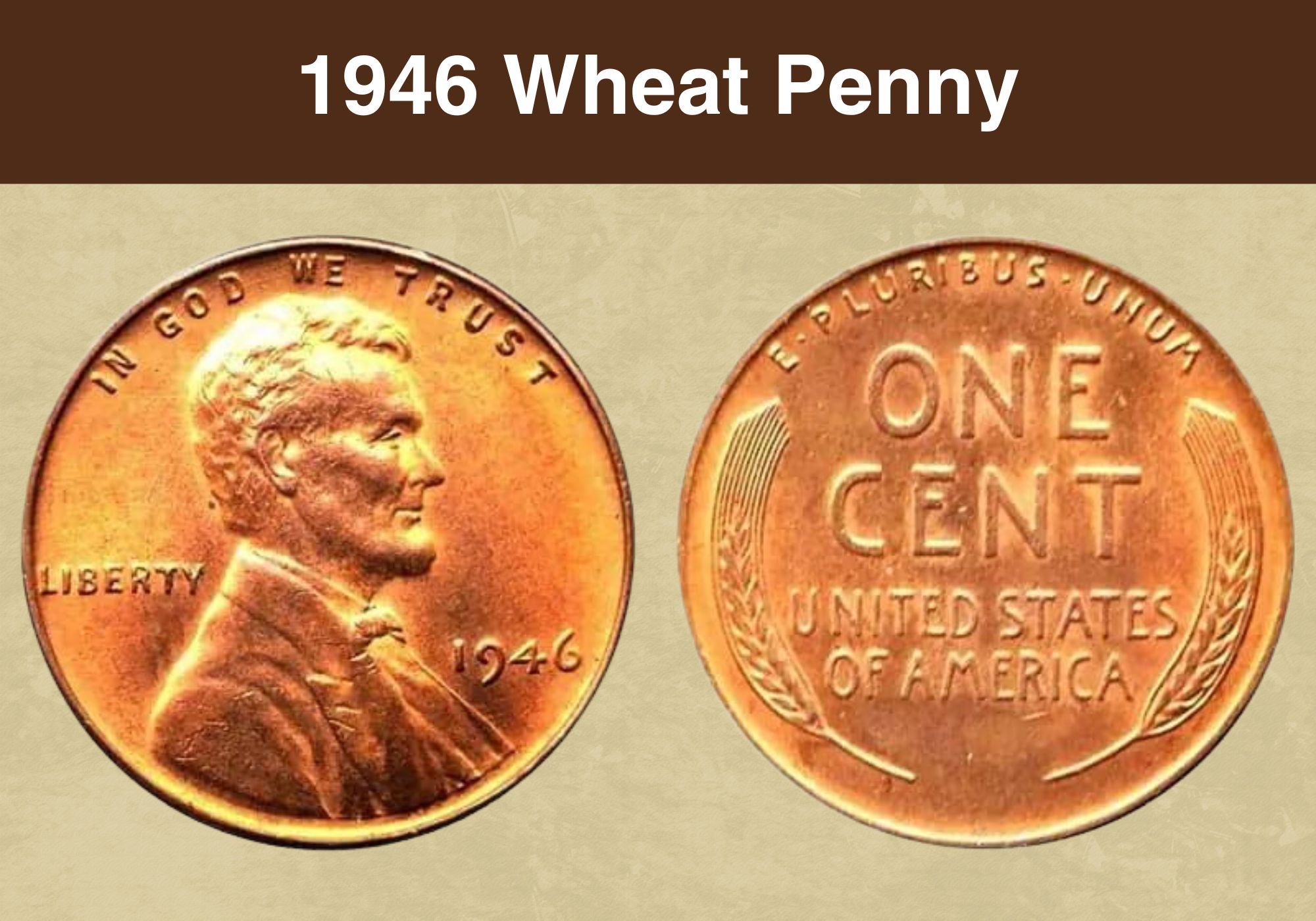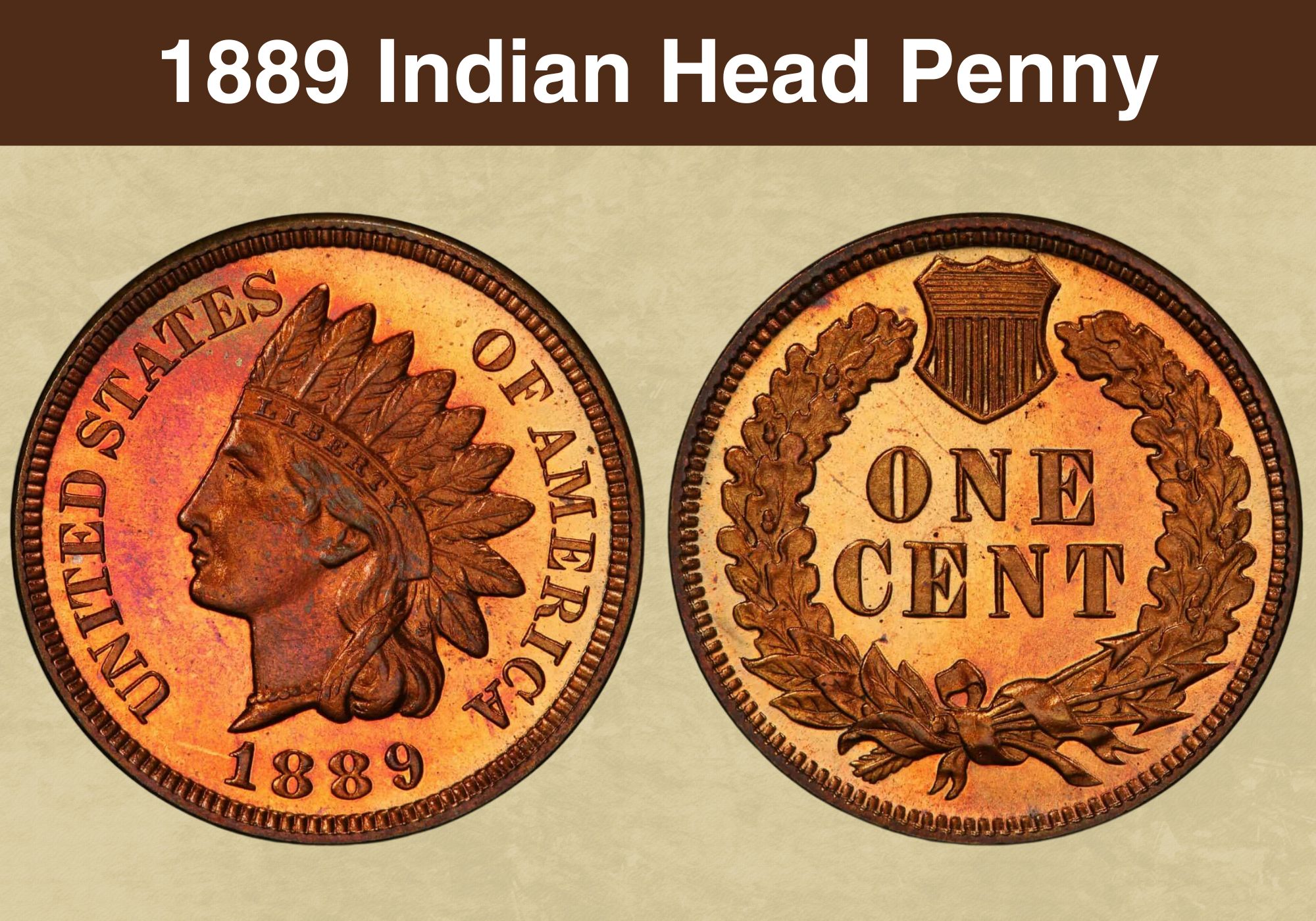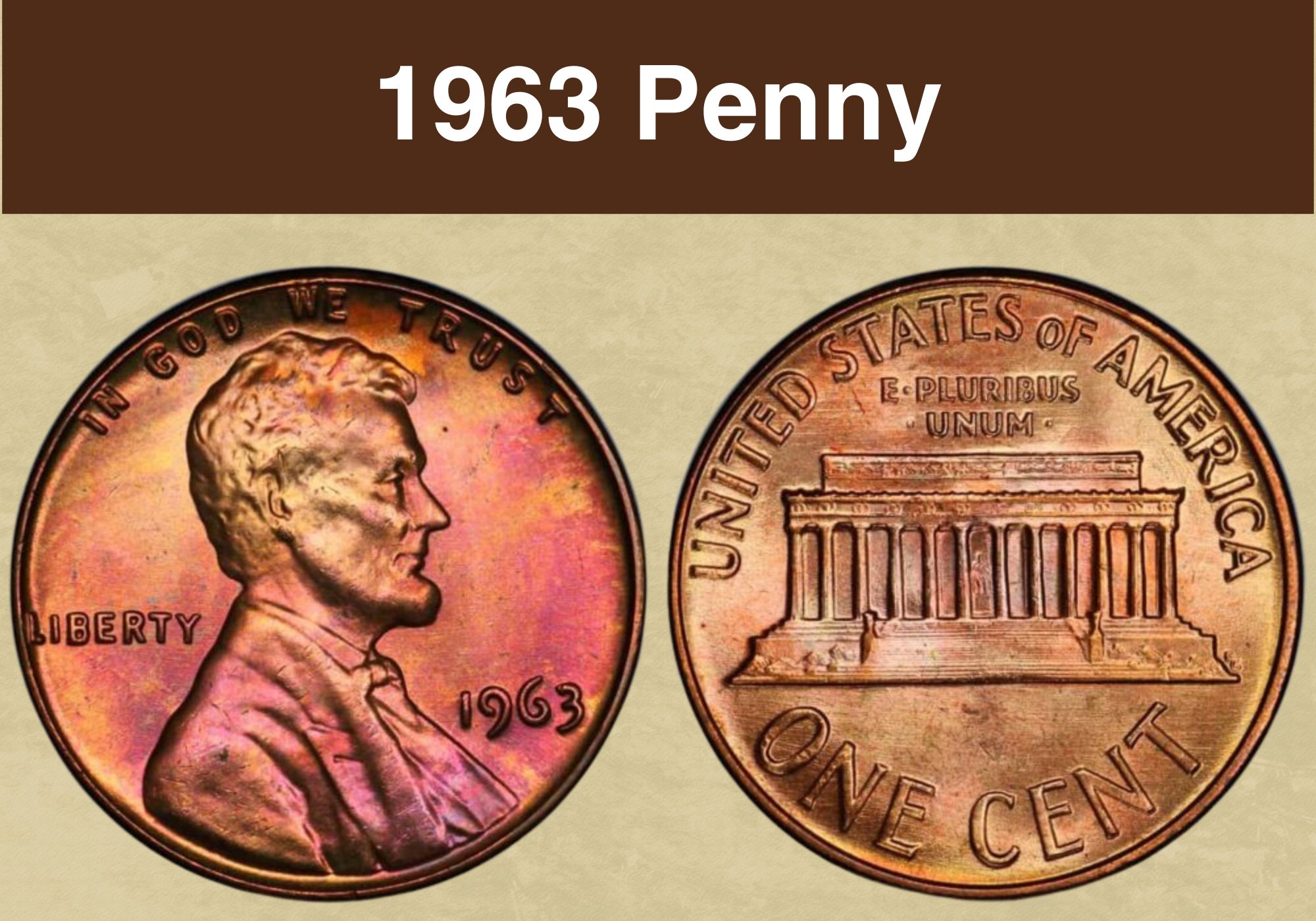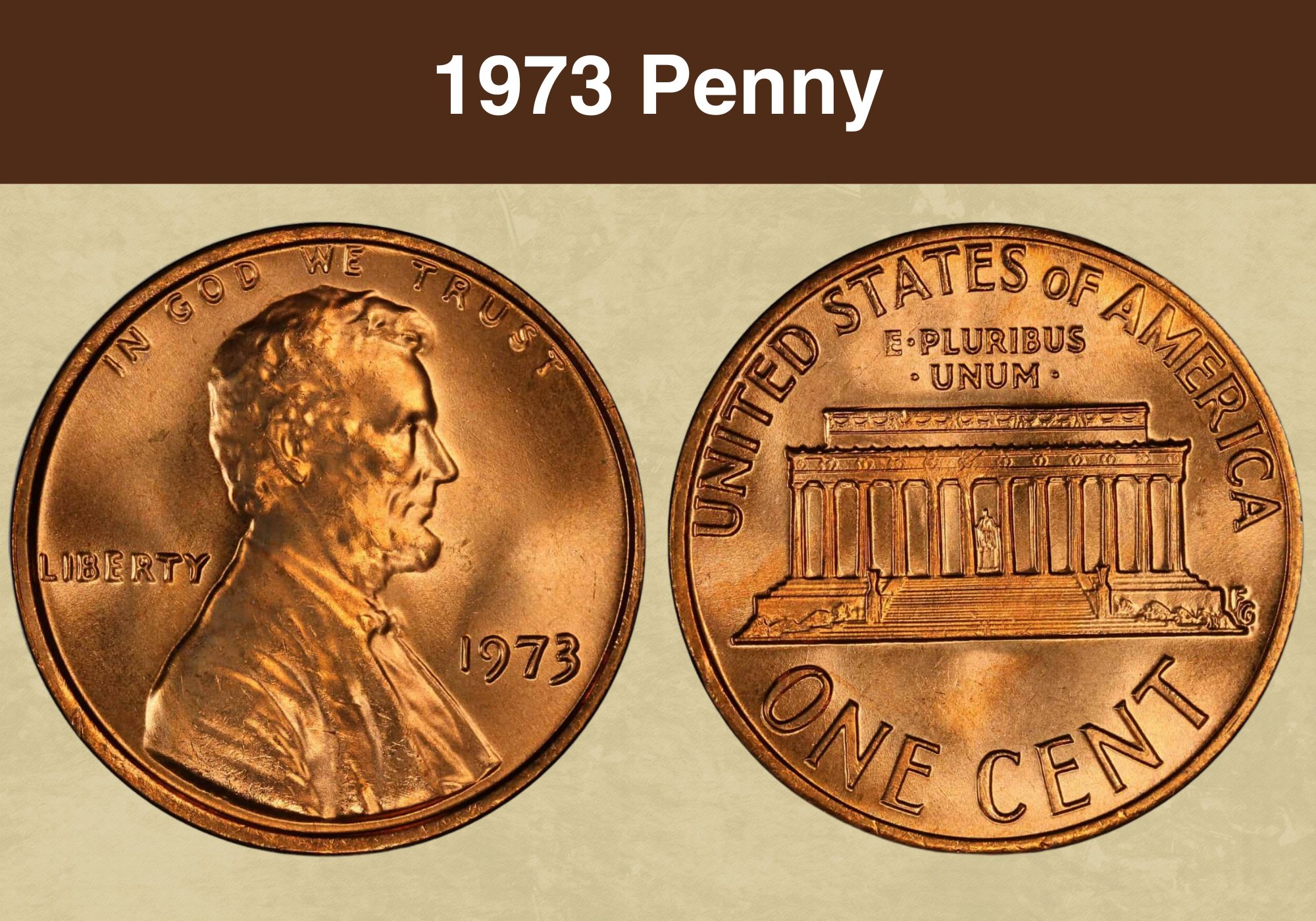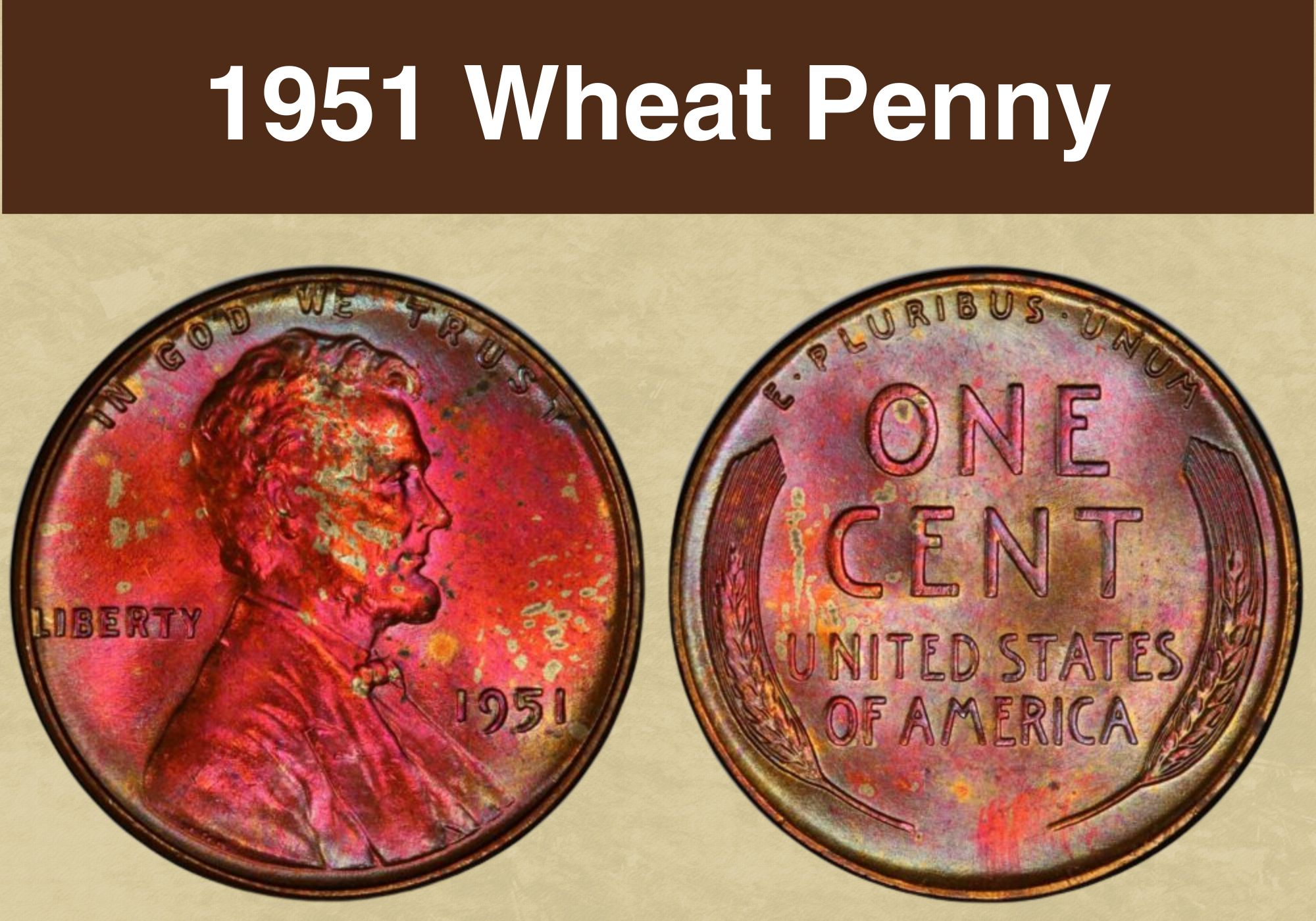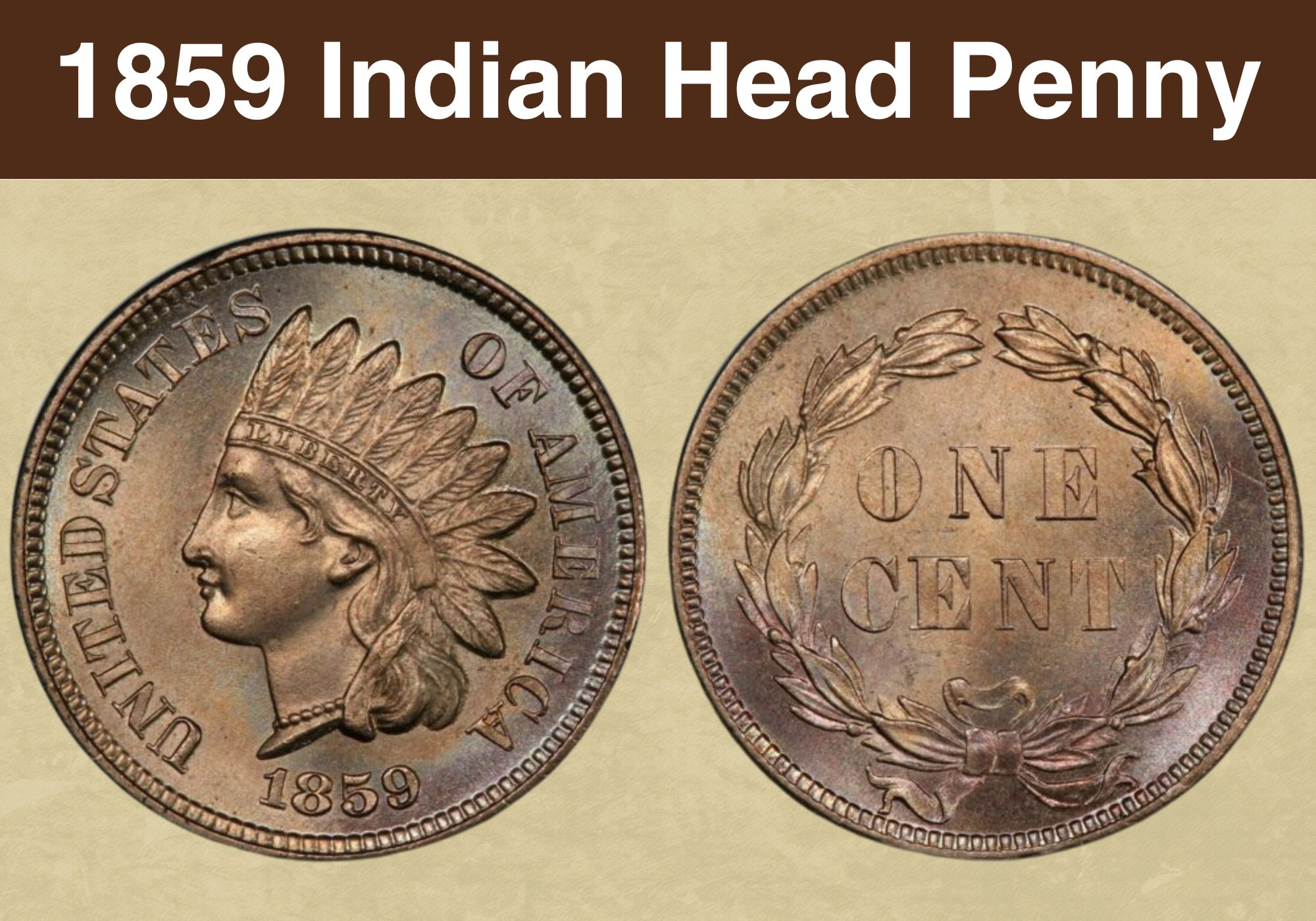
Coin Value Contents Table
- 1859 Indian Head Penny value Chart
- History of the 1859 Indian Head Penny
- 1859 Indian Head Penny Types
- Features of the 1859 Indian Head Penny
- 1859 Indian Head Penny Grading
- 1859 Indian Head Penny Value Guides
- 1859 No Mint Mark Indian Head Penny Value
- 1859 proof Indian Head Penny without Mint mark Value
- Rare 1859 Indian Head Penny Errors List
- Where to Sell Your 1859 Indian Head penny ?
- FAQ about the 1859 Indian Head Penny
When the new coins appeared in circulation for the first time in 1959, no one could guess how valuable collectibles they would be one day. The current 1859 Indian Head penny value can surprise you since they don’t contain silver, but it shouldn’t.
These old coins are beautiful and elegant, plus the first in the series, with a unique appearance like none minted later. That makes them particularly collectible and pretty expensive. Be aware that they are over 160 years old, so finding a piece in the highest condition is more than challenging.
1859 Indian Head Penny value Chart |
|
| Condition | 1859 No Mint mark penny |
| Good | $22 |
| Very good | $26 |
| Fine | $36 |
| Very fine | $48 |
| Extra fine | $130 |
| AU | $215 |
| MS 60 | $425 |
| MS 63 | $925 |
| PR 63 | $1,750 |
History of the 1859 Indian Head Penny
The Indian Head pennies are recognizable American coins minted from 1859 to 1909, just before the Lincoln penny series occurred. Unlike Large silver pennies introduced in 1793, these pieces were smaller and made of more inexpensive metal alloy.
They appeared after two years of minting the Flying Eagle pennies. Since only about 2,000 of these pieces were released in circulation, collectors have considered them pattern coins and put them in the same series with Indian cents.
These two coins’ appearance was the end of one era when cents were significant and very valuable to average Americans. At the same time, they were also a relief because the size and weight of the old pennies were impractical.
As far as the mint was concerned, the abolition of silver was a positive step in the economic sense. The problem in minting of denominations of such low value was on the verge of self-sustainability. So, small new cupronickel coins were apparently an excellent solution for everybody.
1859 Indian Head Penny Types |
||
| Location | Year | Minted |
| Philadelphia | 1859 penny (No Mint mark) | 36,400,000 |
| Philadelphia | 1859 proof penny (No Mint mark) | Estimated 800 |
| Total | / | 36,400,800 |
Then-mint Director J.R. Snowden wanted to put Christopher Columbus on the new penny. However, designer and chief engraver Longacre reminded him of Washington’s negative attitude on putting real people on the coinage and possible public opposition.
He got a better idea and created a coin with an Indian girl’s portrait on the obverse. No one had objections, although she looked more like a Caucasian woman since the engraver based her profile on the Crouching Venus statue.
Everyone seemed satisfied with her feathered headdress as an Indian symbol. Moreover, this penny immediately became a favorite coinage as the most typically American than any coin of all the series minted up to that time.
Also read: 12 Most Valuable Lincoln Penny Worth Money
Features of the 1859 Indian Head Penny
James B. Longacre was a talented artist and one of the first US Mint chief engravers. He created a few American coins, including the Indian Head pennies minted from 1859 to 1909, before the famous Lincoln pennies took their place.
The obverse of the 1859 Indian Head Penny
The 1859 Indian Head pennies are humble coins with a simple obverse design. You can recognize the left-facing Lady Liberty portrait wearing a traditional Indian headdress.
The band around her head contains LIBERTY, one of the required inscriptions on American coinage. Besides, this coin side also includes the date. The US full name is divided into two parts and placed on the left and right of Liberty’s image.
The reverse of the 1859 Indian Head Penny
The reverse is even simpler than the obverse coin side. Longacre placed the denomination (ONE CENT) in the central position and surrounded it with a laurel wreath.
Interestingly, this design was current only this first minting year. All pieces minted during the following period included a tiny shield and an oak wreath instead. The only visible ornamentation consisted of a bow tying the wreath at the bottom.
1859 Indian Head Penny Details |
|
| Face value | One cent ($0.01) |
| Shape | Round |
| Compound | Copper-nickel alloy (an 88%: 12% ratio) |
| Coin thickness | 0.09055 inches (2.30 mm) |
| Coin diameter | 19.05 mm (0.75 inches) |
| Coin weight | 0.16472 ounces (4.67 g) |
| Edge | Plain |
Other features of the 1859 Indian Head Penny
All Indian Head pennies produced from 1854 to 1864 were thicker than later pieces and came with a higher weight. These coins were also known as Fatty pennies, with a thickness of 0.09055 inches (2.30 mm). In other words, they were 75% thicker than regular coins in the series.
Each coin weighed 0.16472 ounces (4.67 g), which was a non-standard weight for this coin type, and had a diameter of 0.75 inches (19.05 mm). These round one-cent pennies were made of copper and nickel in an 88%: 12% ratio.
Also read: 13 Most Valuable Wheat Penny Worth Money
1859 Indian Head Penny Grading
Every collector knows how complicated and demanding coin grading can be. It is crucial to check every detail since the tiniest variation can distinguish between a cheap piece and a real gem.
Valuating such old pieces as Indian Head pennies requires even more attention because of their age and high prices in every grade. Only an expert can notice possible qualities that can bring you more money than you have ever dreamed about.
| # | Grade |
|---|---|
| 1 | Basal State-1 |
| 2 | Fair |
| 3 | Very Fair |
| 4, 5, 6 | Good |
| 7, 8, 10 | Very Good |
| 12, 15 | Fine |
| 20, 30 | Very Fine |
| 40 | Extremely Fine |
| 50 | About Uncirculated |
| 60 | Mint State |
| 65 | Mint State |
| 70 | Mint State |
Please check our grading guides to know your coin scale, It’s the necessary step to know the exact value of your coin.
Check out now: How to Grade Indian Head Penny?
1859 Indian Head Penny Value Guides
All 36,400,800 pennies minted in 1859 came from the Philadelphia mint. According to the rule that was valid at the time, all these pieces were without the mint mark. Most were coins from regular strikes intended for circulation, and only about 800 specimens were proofs.
1859 No Mint Mark Indian Head Penny Value
All Indian Head pennies produced in the mint in Philadelphia in 1859 were coins from regular strikes and a few hundred proofs. Almost all coins of 36,400,000 produced ended up in circulation, and their price today depends on a period spent in everyday transactions.
Pennies in GOOD condition are the most affordable nowadays. You can buy one for about $22 to $26, while better-ranked pieces are costlier. For instance, those in AU condition can reach $215 to $410 on the open market.
As you can expect, uncirculated coins are more valuable, and collectors are prepared to set aside significant money to get one of these lovely pieces. In most cases, you should count on the following prices:
- The 1859 MS 60 penny cost $425
- The 1859 MS 61 penny cost $485
- The 1859 MS 62 penny cost $675
- The 1859 MS 63 penny cost $925
- The 1859 MS 64 penny cost $1,700
- The 1859 MS 65 penny cost $3,000
- The 1859 MS 66 penny cost $5,800
However, some of these pennies in MS 67 grade are particularly rare and valuable. Therefore, collectors who find coins of such quality can count on $32,500 to spend per piece at auctions.
Some of these excellently-looking specimens can cost even more. The best example is the 1859 MS 66+ Indian Head cent that was sold in 2012 at $34,500.
1859 proof Indian Head Penny without Mint mark Value
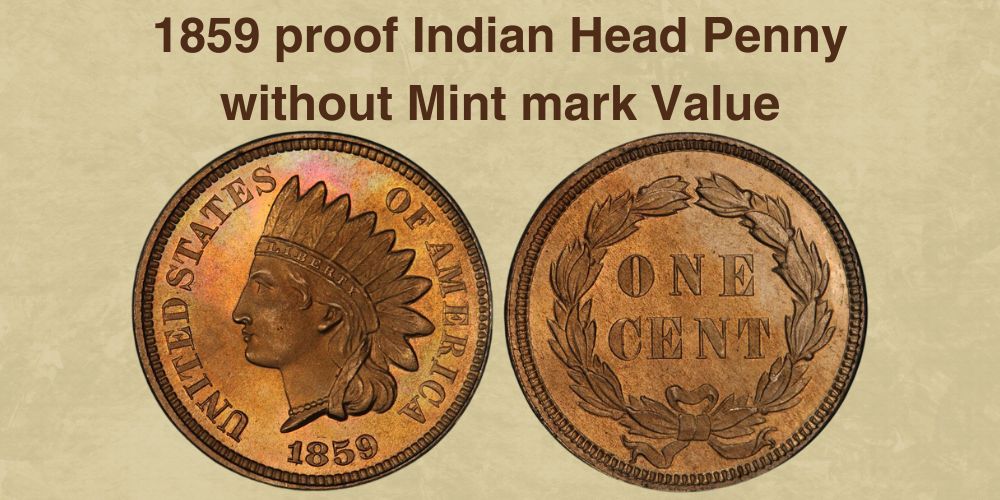
You can recognize three types of these coins, including standard ones and those with cameo or DCAM contrast, which differentiate in appearance, minting quality, and assessed prices. For instance, one proof penny costs at least $875 when it is in PR 60 grade. Better-ranked pieces come in the following price:
- PR 61-graded coins cost $1,050
- PR 62-graded coins cost $1,300
- PR 63-graded coins cost $1,750
- PR 64-graded coins cost $2,700
- PR 65-graded coins cost $4,350
- PR 66-graded coins cost $8,000
- PR 67-graded coins cost $18,000
The 1859 PR pennies with CAM quality are typically pricier, and you can expect to pay:
- $2,350 for a penny, ranked PR 63
- $4,250 for a penny, ranked PR 64
- $8,650 for a penny, ranked PR 65
- $20,000 for a penny, ranked PR 66
The highest quality are pieces graded PR 67. You can expect that their prices are approximately $25,000 to $35,000 in rare situations when they appear at public auctions. Besides, be prepared to set aside about $10,000 to $12,000 for a piece with a PR 65 ranking if you prefer coins with DCAM quality.
Finding scarce pennies of the highest quality can be challenging, but even lower-graded coins can cost more than estimated once they appear at auctions. For instance, one collector bought the 1859 PR 65 Indian Head penny for $29,900 in 2010.
Also read: 17 Most Valuable Indian Head Penny Worth Money
Rare 1859 Indian Head Penny Errors List
The simple design is a probable reason for the lack of a higher number of imperfect coins from this series. In fact, you can find only two error types among 1959 Indian Head pennies. Let’s take a look.
Die crack
Since one die typically used to strike about 200,000 Indian pennies in old times, it was expected to crack over time. Sometimes, such damaged die continued to hit new coins without noticing the problem, and the result was pieces with this error.
The crack can be bi-leveled, antipodal, shattered, retained, or radial, and they leave corresponding traces on affected coins. Since the mint used dies as long as possible, including worn-out ones, this error was standard in the Indian penny series. Such imperfect coins minted in 1859 can bring you $20 to $40.
Re-punched date
This error type is almost a standard for pennies minted in 1859 since mint workers stamped dates by hand. That implied plentiful errors, including subtle ones and those effortless to see. Prices can significantly vary, depending on their visibility, and you can expect to pay $10 to $60 per coin.
However, record prices show an entirely different picture. A few coins sold at auctions reached $1,980 to $6,600, depending on the imperfection place and its visibility.
Also read: 11 Most Valuable Wheat Penny Errors
Where to Sell Your 1859 Indian Head penny ?
Now that you know the value of your coins, do you know where to sell those coins online easily? Don’t worry, I’ve compiled a list of these sites, including their introduction, pros, and cons.
Check out now: Best Places To Sell Coins Online (Pros & Cons)
FAQ about the 1859 Indian Head Penny
What makes an 1859 Indian Head Penny rare?
Despite the high mintage of 36,400,000 pennies minted in 1959, these coins are old, so you can consider them rare in the highest grades. The low number of produced proofs makes these coins scarce nowadays. Besides, they have a unique design that changed the following year, making them sought-after among collectors.
Which 1859 Indian Head Penny is worth a lot of money?
- The 1859 MS 66+ Indian penny sold at $34,500 at Heritage Auctions on February 2, 2012
- 1859 PR 65 Indian penny sold at $29,900 at Heritage Auctions on January 6, 2010
- 1859 PR 66 CAM Indian Penny $27,600 at Heritage Auctions on February 9, 2006
- 1859 MS 64+ Snow-1 Indian penny with re-punched date sold at $6,600 at Stack’s Bowers on March 5, 2019
- 1859 MS 65 Snow-2 Indian penny with re-punched date sold at $2,820 at Heritage Auctions on February 16, 2017
- 1859 MS 65 Snow-3 Indian penny with re-punched date sold at $1,980 at Stack’s Bowers on November 30, 2021
How much is the 1859 Indian Head Penny worth?
The 1859 Indian Head penny without the mint mark and with signs of prolonged stay in circulation cost $20 to $410. Expectedly, the rare, well-preserved pieces are costlier.
In most cases, you can expect to pay $330 to $5,000 for any of the surviving coins from the set. The most valuable are scarce pennies in MS 67 grade, with an estimated cost of $32,500.
What is the costliest Indian Head Penny?
The most expensive Indian head penny is an error coin from 1864. This piece with an L on Ribbon in PR 65 grade reached $161,000 in 2011.
Among regular pennies, the most expensive is the 1877 MS 66 Indian Head coin, sold at $149,500 in 2007. The one rated MS 68 with beautiful red toning from 1902 won an auction record of $144,000.
The 1897 PR 67+ DCAM coin reached the record price of $108,000 at Stack’s Bowers in 2021. The next is the standard 1877 proof penny in PR 67 grade, sold at $97,750 in 2009. The same price was paid in 2006 for the priciest penny minted in the San Francisco mint in 1909, preserved in MS 67 grade.

